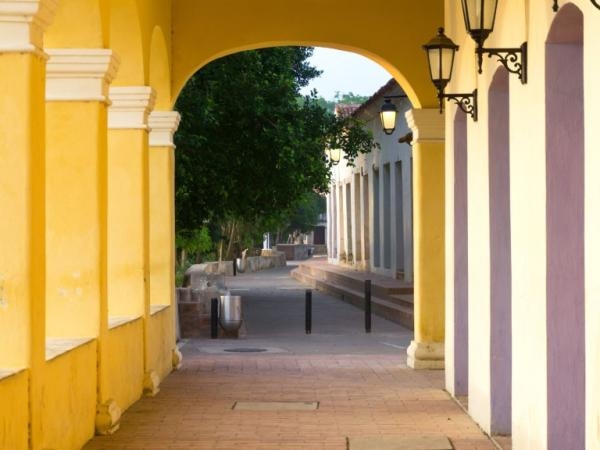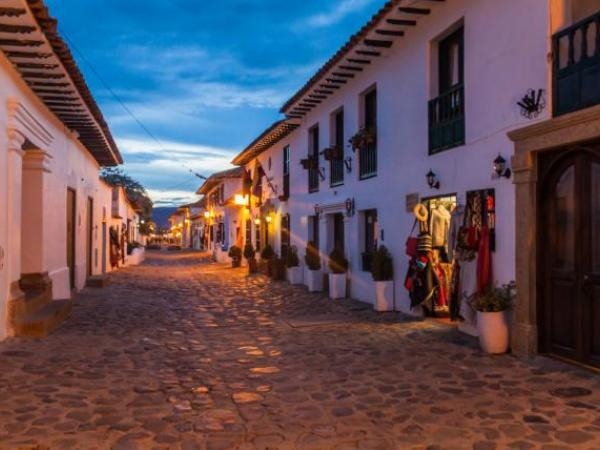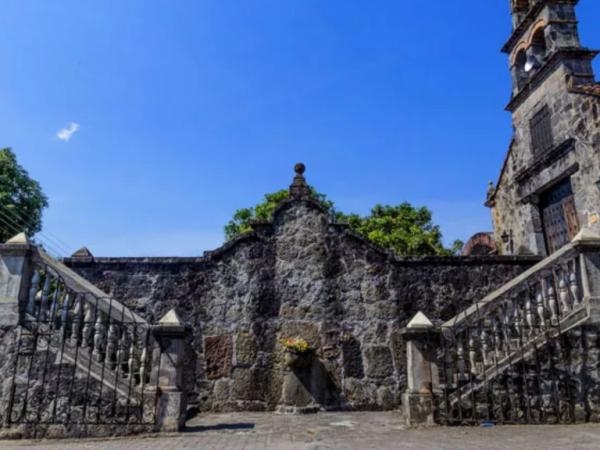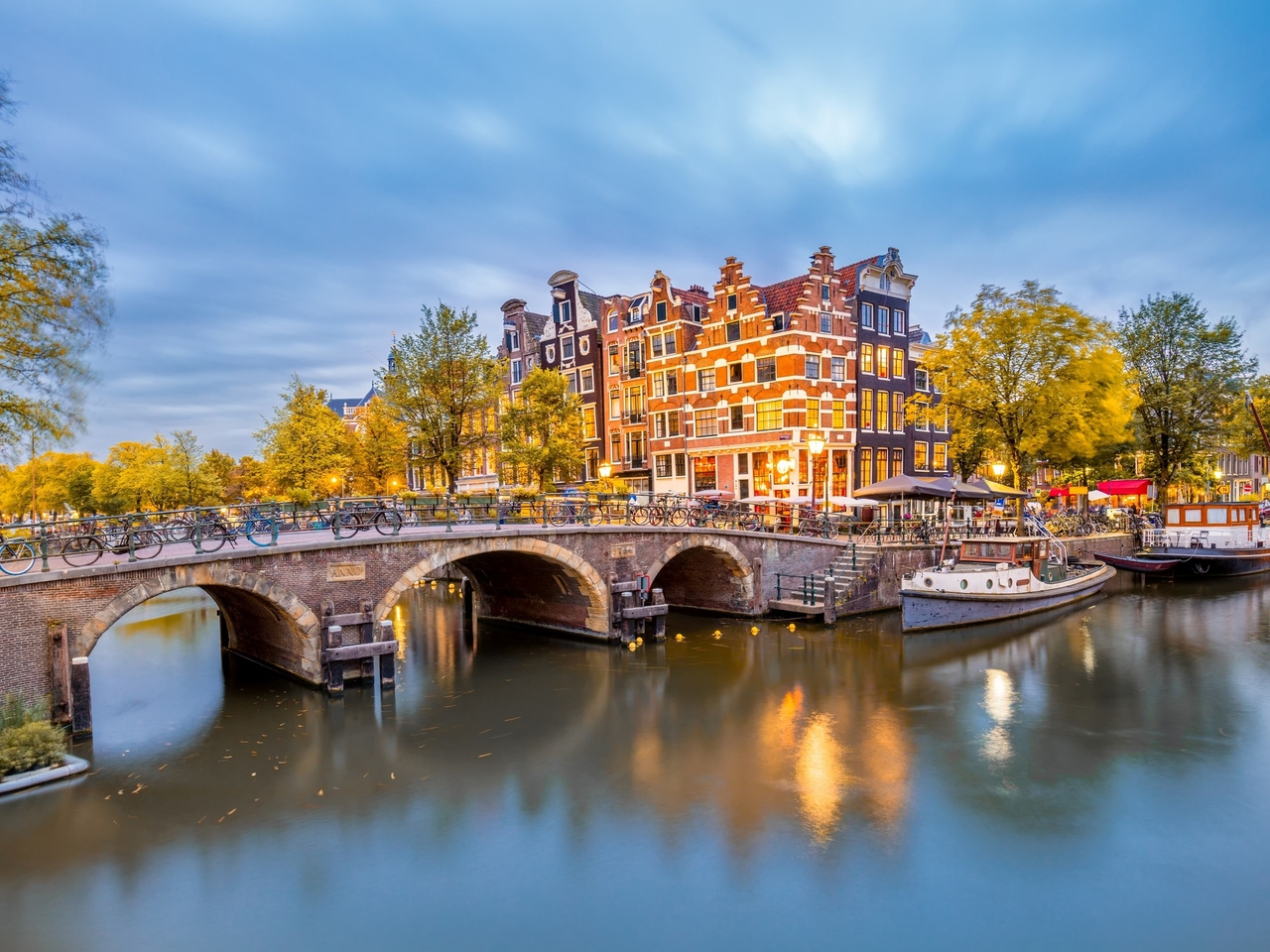Spain facing time change: "The most sensible thing for tourism would be to maintain the time that allows us to take advantage of the afternoons."

The debate over the time change has reopened. This recurring controversy divides the population into two groups: those who advocate keeping things as they are, with two annual changes, and those who believe Spain should maintain a fixed time zone , either summer or winter.
Pedro Sánchez falls into the second group. " This week the clocks are going to change again, and frankly, I don't see the point in it anymore ," the Prime Minister stated this Monday in a video posted on his social media. Thus, Sánchez announced that the Spanish Government would "defend" at the European Council that " we finally stop changing the clocks in 2026."
Those who prefer to set the same time throughout the year argue that it benefits them in terms of energy savings and their own health. But the clock also sets the pace for tourism. What would happen if the sun rose much later or if the days were shorter? We spoke with Daniel Martínez Delfa , Senior Marketing Manager at WeRoad in Spain, to analyze the consequences of maintaining winter or summer time permanently.
Could maintaining a fixed schedule change the way we choose a travel destination in Spain?
Yes, absolutely. If I think of Galicia in winter with permanent daylight saving time , I imagine waking up and seeing that it's still almost nighttime. In Santiago de Compostela, the sun wouldn't rise until around 10:00 a.m., so the first hours of the day will be slow and it will be difficult to get going to visit the city. Plus, it's cold until then, considering that Galicia is already cold in itself. Nightfall does come a little later, around 6:30 p.m., but considering schedules, meals, and plans, the total daylight hours are still somewhat shorter. If I think of Mallorca in the middle of summer with permanent daylight saving time , the sunlight would wake us up around 5:30 a.m., which brings the start of the day forward and, therefore, also the feeling of morning heat. However, at dusk, around 8:00 p.m., the light and heat would begin to decrease earlier than with current daylight saving time. Although sunset arrives a little earlier, the evenings are still long and pleasant for strolling, dining on a terrace, or enjoying the Balearic atmosphere.
How would this affect our energy for tourism?
If Spain decided to remain on Daylight Saving Time year-round, summer mornings would be extremely bright, with sunrises around 5:30–5:45 in places like Mallorca. This means waking up early would be easier and more natural, and you could start the day with daylight from the very beginning, a positive for outdoor activities, hiking, or morning sightseeing. However, the evenings would get dark earlier, around 8:00–8:45 PM. Mornings would be more active, while evenings might feel more "shortened" to stick to your planned itinerary. Conversely, if Spain remained on Daylight Saving Time year-round, winter mornings would be very late; in Galicia, the sun wouldn't rise until around 10:00 AM, and in Madrid around 9:30 AM. This can create a feeling of lethargy in the mornings and discourage early morning activities . However, the evenings would be long and bright year-round, providing more motivation to stroll, enjoy terraces, visit monuments, or explore the city after work.
Which areas of Spain would benefit most (or least) from the change?
The areas that would benefit most from a shift to permanent daylight saving time would be those in southern and eastern Spain, such as the Balearic Islands, Murcia, the Valencian Community, and Andalusia . There, early mornings would become very bright and pleasant in summer, and the evenings would remain long and warm, so the distribution of light and heat adapts well to the rhythm of activity and leisure, without generating feelings of darkness or cold for much of the day. On the other hand, the areas that would benefit least would be those in the northwest and west of the Iberian Peninsula, such as Galicia, Asturias, León, and Zamora . In winter, with permanent daylight saving time, dawn would arrive very late (sometimes close to 10:00), with cold and little light in the early hours. In summer, with permanent daylight saving time, mornings would be very early and evenings somewhat shorter, but the differences would feel less extreme than in winter.
Could inland or nature tourism be favored over coastal tourism?
It could, yes. If the days get shorter or the daylight schedule changes, inland or nature tourism can gain appeal in certain months: trails, hiking, or rural getaways fit better with milder schedules and less dependence on the coastal sunlight. Even so, it all depends on the weather and the time of year; travelers tend to adapt more than they think.
Would setting a schedule affect the way you plan your trips?
I think it would influence how we plan our days during our getaway . From experience, millennials tend to make the most of any destination's conditions, adapting schedules and activities to enjoy the trip more. Just like we do when we travel to see the Northern Lights: we adjust our schedule according to the circumstances to make the most of the experience.
Could it affect travelers' tourism spending?
Rather than affecting tourist spending, a new schedule would encourage a natural adaptation of supply and traveler habits. The tourism sector has always known how to reinvent itself according to changing conditions , and so have travelers. If night falls earlier, activities would be shifted to other time slots or indoor activities would be encouraged, without meaning less spending. Travelers, and especially millennials, who value experiences more than schedules, would continue to seek to enjoy the destination, simply adjusting their pace. What's more, just look at how in cities like Madrid, terraces remain full even after midnight at any time of year.
Do you think this could affect Spain's competitiveness compared to other tourist destinations?
I don't think it's a determining factor; Spain remains a very complete and attractive destination . The gastronomy, nature, variety of cultural activities, and prices make it an attractive destination for any type of traveler. It's true that temperature and daylight hours could influence planning an itinerary, especially if you're looking for outdoor activities, but in reality , it's a nuance rather than a decisive factor . Each traveler decides based on their priorities, their plans, and often simply how everything fits into their schedule.
Which decision do you think is most consistent with Spain's tourism model?
If we talk about the Spanish tourism model, which relies heavily on daylight, pleasant weather, and outdoor living, the most logical decision would be to maintain a schedule that allows for the maximum use of the evenings , especially in summer. Spain has a great competitive advantage in sun and beach tourism, gastronomy, and outdoor leisure, and these experiences are best enjoyed with daylight well into the night.
20minutos






